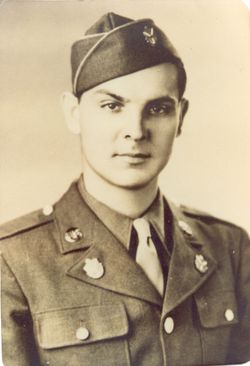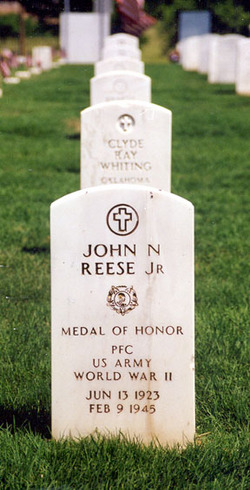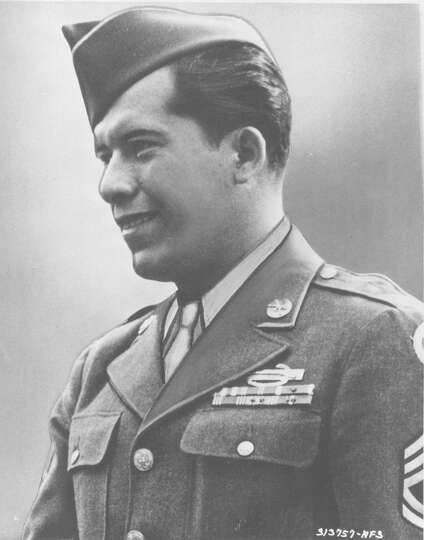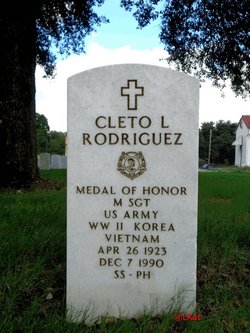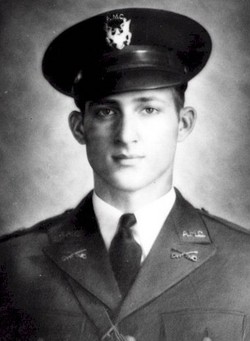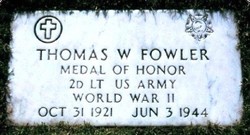This Saturday before Memorial Day we honor the life of Gunnery Sergeant John Basilone, who was not only the first Medal of Honor winner in World War II for his actions on Guadalcanal, but left the cushy life of a Bond Drive hero to return to action in time for the invasion of Iwo Jima.
His actions on Guadalcanal put most movie action heroes to shame:
John Basilone was born on November 4th, 1916. Basilone was born and raised in Raritan, a small town in New Jersey. He was an adventurous and restless child always looking for something new and exciting. After finishing the 8th grade, Basilone elected not to go to high school. He searched for some adventure and excitement and, not finding any, he joined the Army in 1934. After his basic training Basilone was posted to the Philippines.
During his time at his base in Manila, Basilone developed a mechanical talent for working with guns, especially machine guns. Basilone also developed a talent for motivating and leading men. After his three year enlistment ended Basilone returned to Raritan. A couple of years later he once again found himself becoming restless and looking for new adventures. He decided to reenlist in the service but this time he joined the Marines.
Ten months into World War II, Basilone found himself on the island of Guadalcanal, it was August of 1942. The Americans had secured an airstrip that was vital to the war effort. The Japanese and Americans were involved in one of the fiercest battles of World War II. The Japanese were determined to take the airfield and had assigned an entire Japanese division to the task of capturing the airfield.
Standing between them was only one Marine Battalion. The odds were certainly not in favor of the Americans. Basilone, who was in charge of 16 men, established a defensive position with 4 heavy machine guns in front of Henderson Field. It was October 24th when the Japanese launched a massive attack. The strategy Basilone had established for his unit was to let the Japanese advance to within 30 yards. And then to “let them have it.”
The plan worked. They fired at the first group of attacking Japanese, successfully wiping them out. This first charge was only the beginning of the overall enemy attack. They charged several more times. Eventually this attack took its toll. Basilone, while manning the left two machine guns, heard a loud explosion come from the right setup of the machine guns. Moments later, one soldier from the right side crawled over and informed him that both right guns were knocked out and that the crew was all dead or injured.
Basilone knew he had to get to the knocked out guns to see if he could get them working. The first gun was beyond repair, but the second gun had a chance. There was no light to aid in examining the damaged gun. Basilone would have to troubleshoot the problem in the dark, it was now that Basilone’s expertise with machine guns would pay off. He was able to feel the parts to find out what was causing the gun not to fire. Basilone quickly had the gun working again. As soon as it was back in action, the enemy charged. With the extra gun now working, Basilone and his unit easily beat back the Japanese attack. The attacks kept coming. Basilone told two of his remaining Marines to keep the heavy machine guns loaded. Basilone would roll to one machine gun and fire until it was empty, then roll over to the other one that had been loaded while he was firing the first one. At about 3 AM they were almost out of ammunition.
The Marines had stored ammunition about 100 yards away. However, this would be a difficult 100 yards. There were enemy troops on both the sides and behind their position. Basilone ran and crawled through the jungle. Bullets flew off over his head and grenades exploded around him. But he continued and made it to the ammo dump. Basilone threw six heavy cartridge belts over his soldier.
As he started back to his men, bullets were whizzing all around him again. But he made it back and soon he found another challenge. One machine gun had been smashed. Basilone took parts from another knocked out gun and fixed it quickly. Later in the night, the ammunition ran low again. Basilone would need to go for more, but this time it would be to another ammunition dump, 600 yards away.
Once again the Japanese threw everything at him, but he snaked through the grass well enough so that the Japanese could not find a clear target. Basilone made it back with the much needed ammunition which held off the enemy attacks. Finally the attacks ended around sunrise.
The daylight revealed a scene of utter carnage on the ground. Hundreds of bodies laid dead in front of the American positions, In fact, the entire Japanese regiment, around 3000 men, had been “annihilated.” On this night of October 24th, and 25th the U.S. had turned the tide of the war and the previously undefeated Japanese were on their way to defeat. For his heroics that night Basilone was awarded the Medal of Honor.
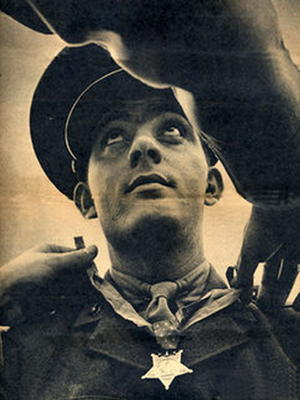
He did his Bond Drive duty, but refused an officer’s commission and a chance to teach gunnery to return to active duty, shipping out of Camp Pendleton on August 11th, 1944…just a month after he had gotten married.
On February 19th, 1945 the Marines arrived at Iwo Jima and were ready to attack. The Navy had bombarded the island for 36 days. Some Marines hoped this intense bombing would allow them to take the island with little resistance. However, there were 22,000 Japanese warriors who were well dug in, heavily armed, and prepared to die.
The first U.S. invasion force landed on the beach at 9:05 AM. Basilone’s group landed around 9:30 AM. They were surprised to find little opposition. The Marines got up on the beach and noticed that their feet could barely move in the soft black volcanic sand of Iwo Jima.
For one hour, the U.S. was able to get their transports up to the beach and unload the men without major resistance. Then, with the beach crowded with U.S. soldiers, the Japanese began their counter attack.
Suddenly the Japanese from their hidden blockhouses began firing away at the exposed U.S. troops. The Marines were getting annihilated. Survivors later wondered how anyone survived the initial Japanese barrage. The U.S. forces were on the beach, but they had little or no cover, were still disorganized, and had not yet gotten enough heavy equipment ashore to defend against this type of attack.
The troops had trained for years, but nothing could prepare them for what was happening all around them. The soldiers would later say how frustrated they were that they could not see the enemy to fight back. The Japanese counterattack had stalled the U.S. invasion. Most Marines were hiding in the sand. The beach was littered with damaged vehicles, equipment, and dead soldiers. The invasion was not moving.
Brave men with leadership ability were needed to rally the troops. Basilone rose to the occasion. Many survivors of the battle recall that in the midst of the battle, with everyone hunkered down in the sand, there was one Marine out in the open, running around, directing men. It was Basilone. He first guided a tank out of a mine field. Only a few tanks came ashore and they were needed to knock out Japanese blockhouses.
Basilone had noticed a particular Japanese bunker had been effectively shooting mortar shells and raging deadly fire upon the U.S. troops. This enemy strong position “had to go”. Basilone found and organized some machine gunners along with demolition men and directed them toward the bunker. Basilone instructed a demolition man to blow a hole in the concrete structure, while others gave cover against other nearby enemy positions.
A large explosion went off opening part of the bunker. Basilone then told the enthused machine gunners to hold their fire and directed a flamethrower operator to charge the pit. The brave flamethrower charged the pit as quickly as he could, stuck his nozzle in the pit and ignited the flame. Some of the Japanese soldiers ran out of the pit screaming as they tried to wipe away the jellied gasoline that was burning them. Basilone cut them down with a machine gun. Fellow soldier, Charles Tatum, said “for me and others who saw Basilone’s leadership and courage during our assault, his example was overwhelming.”
After knocking out the bunker, Basilone led twenty men off the exposed beach area to a location where they could take some cover and plan their next move. He ordered the men to stay while he went back to get more men and some heavy machine guns. Basilone gathered some troops and weapons and started back across the beach to the waiting soldiers. But Basilone was hit with a Japanese mortar shell which landed right in the middle of him and the men he was leading. He died from his wounds around thirty minutes later.
For his actions that day, John Basilone was awarded The Navy Cross. The military paid tribute to Basilone by naming a ship after him. An anti-submarine Navy Destroyer, the U.S.S. Basilone was commissioned on July 26th, 1949. His home town of Raritan honors him every year with a parade…Basilone remains the only soldier (non-officer) in U.S. history to be awarded both The Medal of Honor and The Navy Cross. He is also the only Medal of Honor winner to go back into combat and be killed in combat.
Here’s a link to his official Medal of Honor page.









